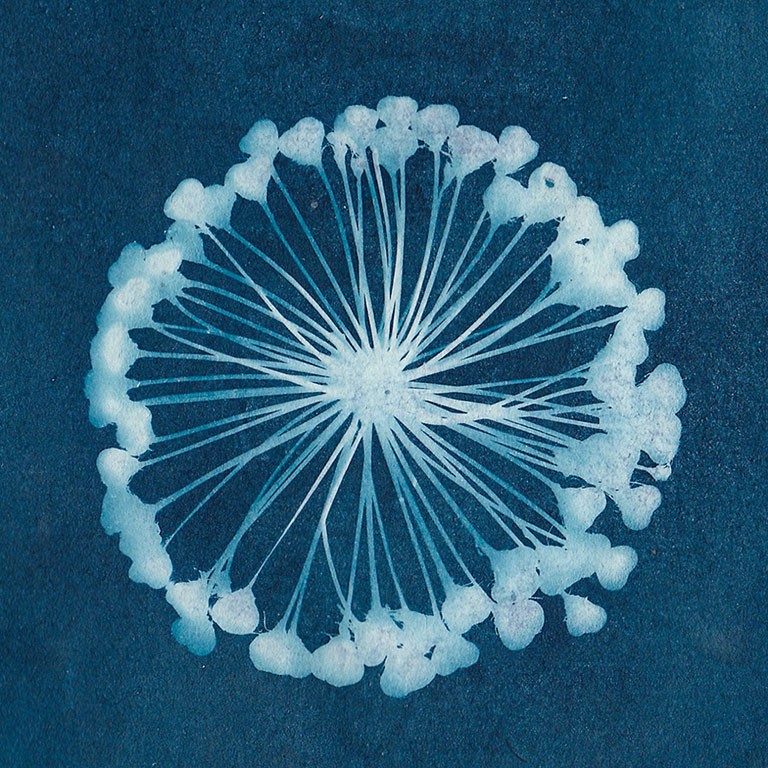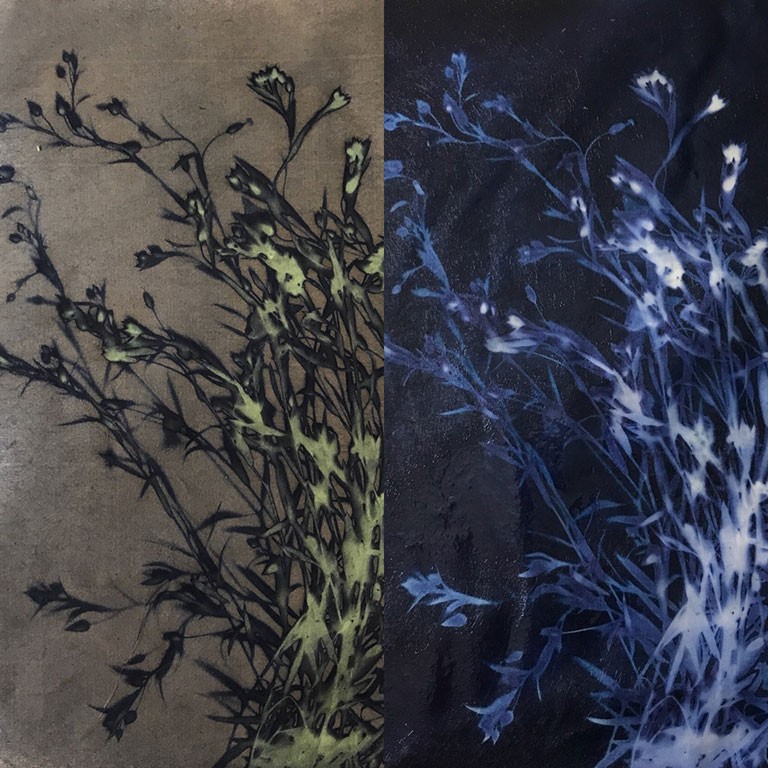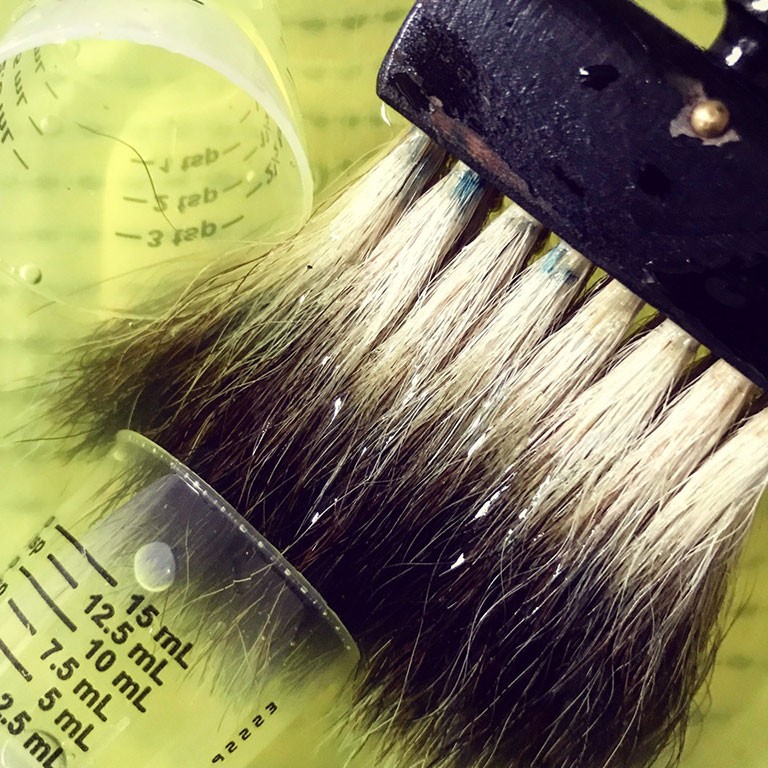Art Education Masters student Colleen Leonard has been chosen to be the first recipient of the Bourse Concordia-CCGV, an annual prize created to honour and deepen the existing relationship between the Centre Culturel Georges Vanier (CCGV) and the Department of Art Education.
“We want to work together to have a stronger impact on the communities served by both the university and the cultural centre” says Kathleen Vaughan, an associate professor in the department.
Student artists–teachers from graduate and undergraduate programs in the Department of Art Education currently facilitate art programs in dozens of community, museum-based and school sites throughout the city, explains Vaughan, “and the CCGV is an important cultural and educational resource for the diverse populations of Montreal’s Sud-Ouest borough and beyond. We are thrilled to be make our collaboration more official.”

 Colleen Leonard, Allium.
Colleen Leonard, Allium.
 Colleen Leonard, process.
Colleen Leonard, process.
 Colleen Leonard, chemical.
Colleen Leonard, chemical.